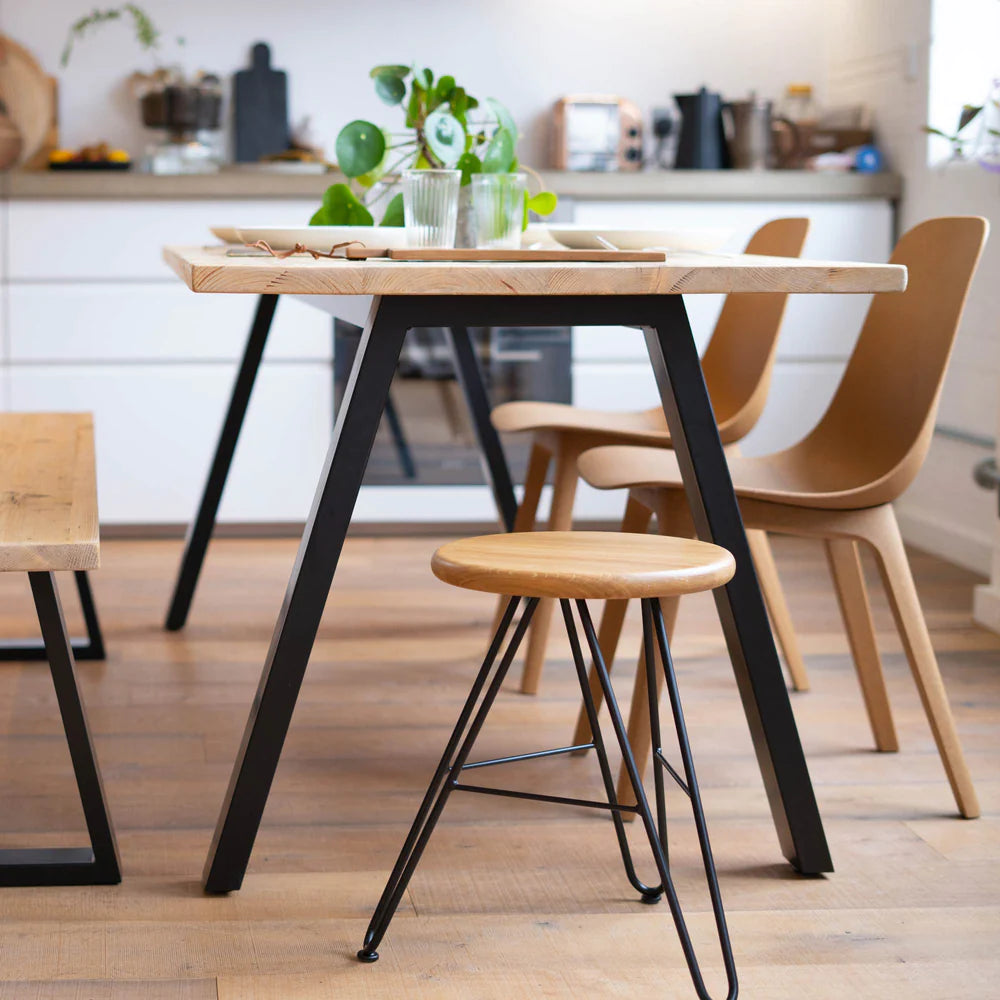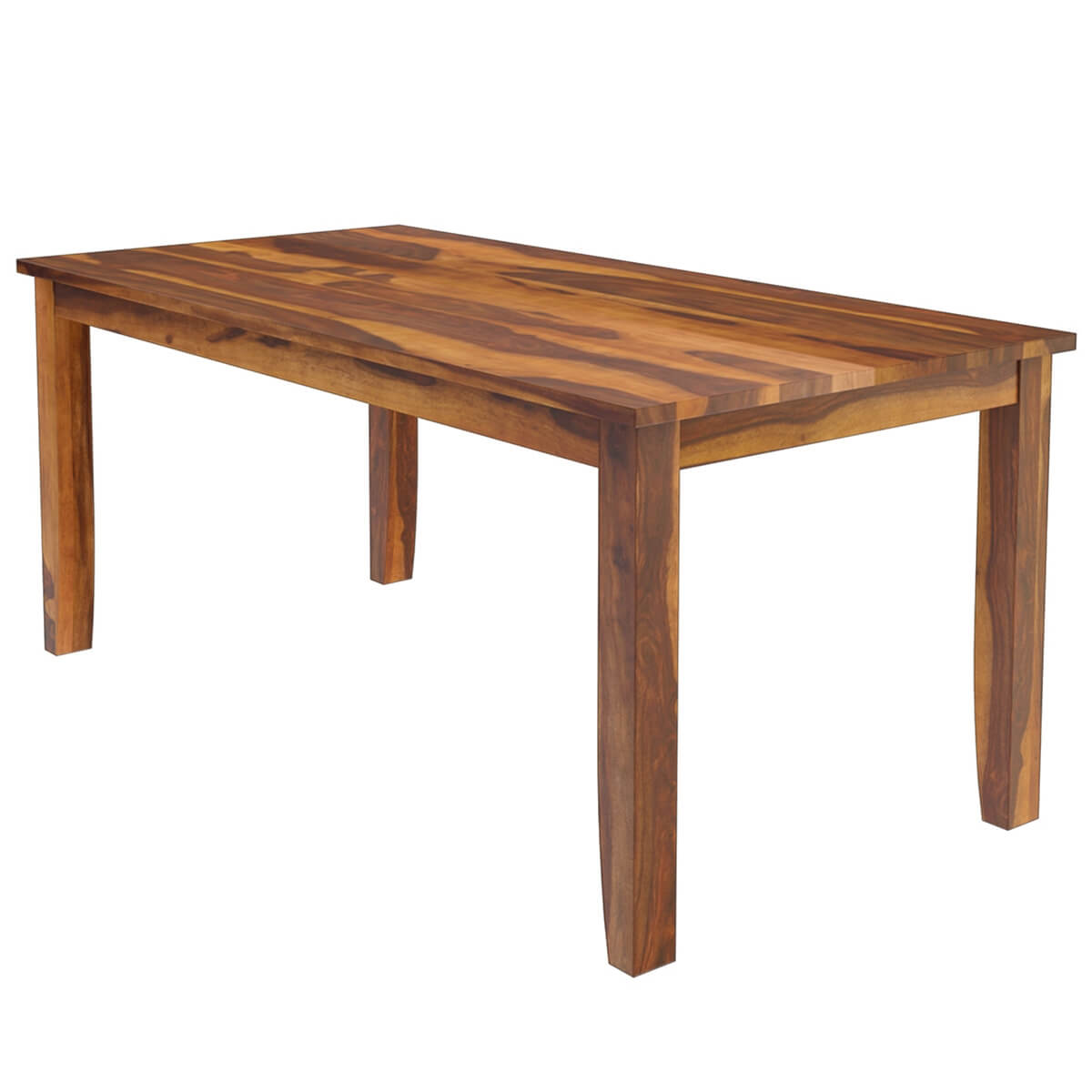Elevate Your Eating Space with Elegant Dining Table Legs Wood Styles
Elevate Your Eating Space with Elegant Dining Table Legs Wood Styles
Blog Article
Discovering the Various Types of Dining Table Legs Timber for Your Dining Room
The selection of dining table legs timber can profoundly influence both the visual and functional top qualities of your dining space. Strong wood alternatives, such as oak and walnut, supply a traditional look with unparalleled durability, while crafted wood choices offer innovative designs that simulate the splendor of natural grains. Furthermore, the growing pattern of reclaimed wood introduces a lasting element that charms to eco mindful customers. As we explore these numerous options, it becomes crucial to consider not just the aesthetic charm yet also the sensible effects of each material option. What aspects should guide your decision?
Solid Wood Options

In addition, solid wood is renowned for its toughness and longevity. Unlike engineered materials, solid wood is less susceptible to bending and damages with time when properly preserved. This makes it an optimal selection for families or those who regularly host events. Each piece of strong timber is unique, showcasing individual qualities that add to the appeal and personality of the table.
Furthermore, solid wood can be finished in various methods, ranging from natural oils to stained finishes, permitting homeowners to personalize their furniture to match their decoration. In summary, choosing strong wood for dining table legs not only ensures architectural honesty however also enhances the aesthetic allure of the dining area, making it a rewarding financial investment for any home.
Engineered Timber Alternatives

Plywood, built from several layers of timber veneer, is secure and specifically strong, making it an excellent selection for eating table legs. Its split make-up allows it to hold up against adjustments in moisture and temperature better than typical strong wood. MDF, on the various other hand, uses a smooth surface for paint or veneering, allowing designers to accomplish a polished appearance while preserving architectural stability.
Particleboard, commonly used in affordable options, provides good toughness and is lightweight, making it easier to manage. However, it might not be as sturdy as plywood or MDF. It is necessary to think about the designated usage and desired aesthetic when choosing crafted wood options. These materials not only boost the functionality of eating rooms but likewise permit greater layout adaptability, guaranteeing that modern and traditional designs can coexist harmoniously.
Reclaimed Wood Features
Reclaimed wood offers an unique mix of sustainability and personality, making it a progressively prominent option for dining table legs. Sourced from old barns, manufacturing facilities, and other structures, redeemed timber personifies a background that brand-new products just can not duplicate. Each item lugs its very own story, marked by distinctive blemishes, knots, and differing grain patterns, which add to a table's unique aesthetic allure.
Along with its visual appeal, reclaimed timber is an ecologically friendly option. By repurposing formerly made use of products, it decreases the demand for brand-new lumber, thus helping to preserve forests and decrease waste. This aligns with an expanding consumer preference for sustainable techniques in decor.
In addition, reclaimed timber is often a lot more long lasting than freshly collected wood due to its age. The natural drying out procedure that recovered wood undertakes outcomes in a denser and more powerful material, making it less vulnerable to warping and splitting. This boosts the durability of dining tables, allowing them to hold up against the roughness of everyday use.
Softwood vs. Wood
When picking dining table legs, recognizing the differences in between softwood and hardwood is important for accomplishing both functional and visual goals. They normally display a more rustic look, making them suitable for casual or country-style eating rooms.
On the various other hand, woods, sourced from deciduous trees like cherry, maple, and oak, are renowned for their density, strength, and longevity. The complex grain patterns and abundant tones of woods supply a timeless and innovative allure, making them excellent for official eating setups. While woods often tend to be more expensive and much heavier, their durability against damage often validates the investment.
Inevitably, the option in between softwood and hardwood for dining table legs must align with your design vision, usage needs, and spending plan, making certain that your dining room shows your personal design while remaining useful in time.

Therapies and finishes
The aesthetic charm and longevity of dining table legs can be considerably enhanced via numerous surfaces and treatments. These procedures not only shield the wood from damages however likewise boost its look, permitting it to enhance diverse indoor designs.
One usual treatment is tarnishing, which permeates the wood and enhances its natural grain while including shade. Discolorations give a rich, stylish appearance, allowing home owners to match their furniture with existing design. On the other hand, clear surfaces such as polyurethane or varnish develop a protective layer without modifying the timber's initial hue, making certain sturdiness versus deterioration.
In addition, natural oils, like tung or linseed oil, nourish the wood and provide a dig this refined luster, all while being green. These oils enable the surface to breathe, preventing dampness build-up and prospective warping.
For those looking for a rustic beauty, troubled or weather-beaten coatings can be used to produce an aged browse around this site appearance, including character to the piece. Eventually, the option of therapies and coatings depends upon individual preference, preferred appearances, and the details wood type, making it vital to think about these variables when choosing dining table legs for your area.
Verdict
Strong woods, crafted options, and redeemed options each deal unique benefits, catering to different choices and needs. Inevitably, the option of wood type need to align with desired style, resilience, and ecological considerations, enhancing the total dining experience.
The selection of eating table legs wood can greatly influence both the functional and aesthetic qualities of your eating space - Dining Table Legs Wood. Strong timber choices, such as oak and walnut, provide a classic appearance with unequaled durability, while crafted wood options provide ingenious layouts that mimic the richness of natural grains. Solid wood provides a classic quality that can boost the overall layout of an eating room. Each item of solid wood is one-of-a-kind, showcasing individual characteristics that include to the appeal and personality of the dining table
Additionally, recovered Go Here timber is typically much more resilient than recently collected wood due to its age.
Report this page